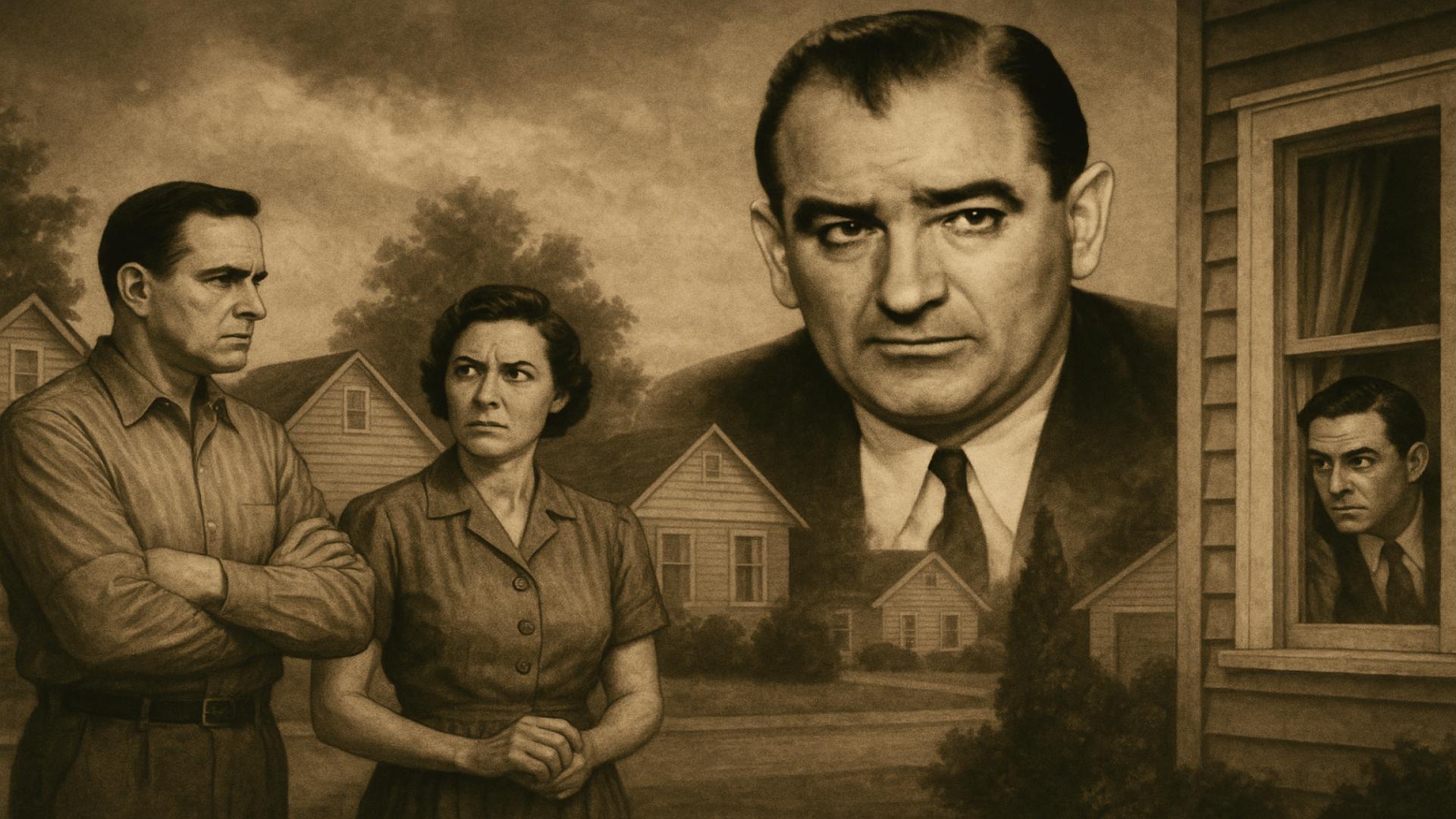4. The Hollywood Blacklist

Nowhere was the Red Scare’s chill felt more deeply than in Hollywood. Actors, writers, and directors found themselves blacklisted—barred from working in the industry—often based on rumors, innuendo, or unsubstantiated accusations of communist sympathies. Careers were destroyed overnight, and creative voices were silenced, leaving a profound impact on American culture and film. The blacklist era exposed how fear could override justice, as even the suspicion of “un-American” beliefs became enough to end a livelihood.
















